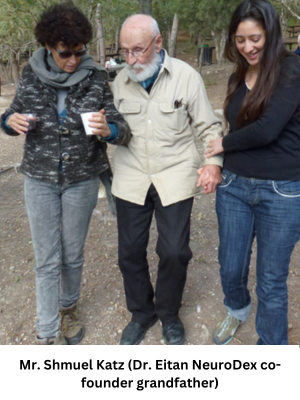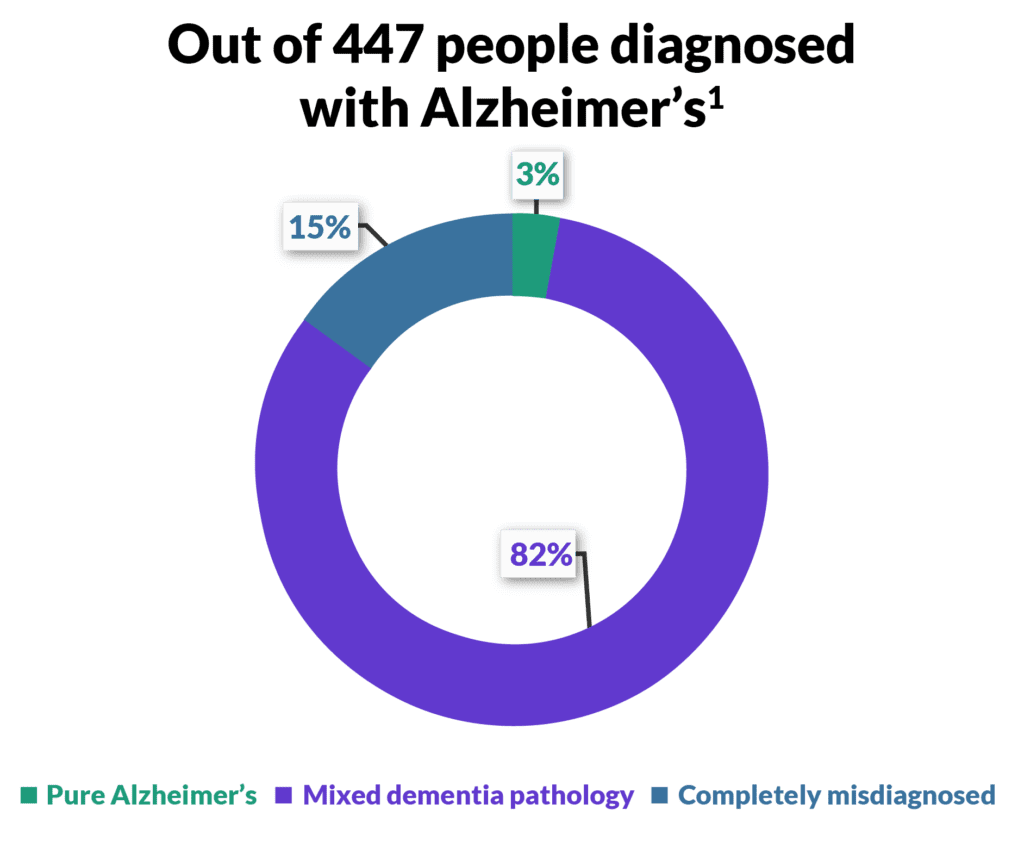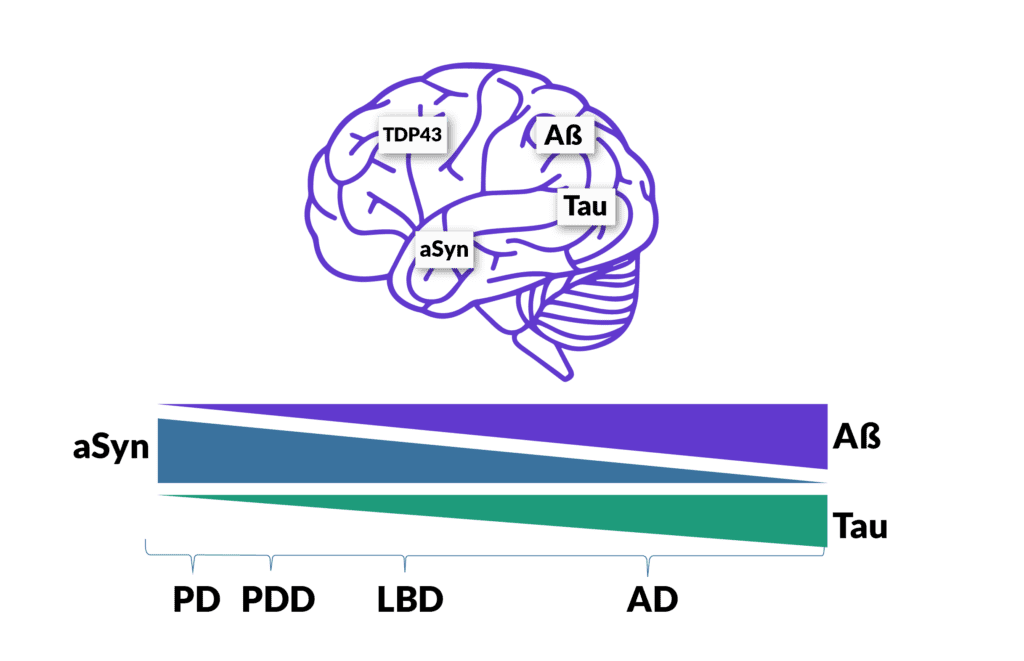Alzheimer’s disease
This disease is characterized by the accumulation of the misfolded protein amyloid beta (Aβ) in plaques and tau in Neurofibrillary tangles. Recently a treatment that reduced Aβ was approved as the first disease-modifying treatment. Parkinson’s disease is the second most common neurodegenerative disease, with over 10M patients worldwide. These diseases is characterized by the accumulation of the misfolded protein alpha-synuclein (αSyn).
Parkinson’s disease
People with Parkinson’s disease mostly suffer from motor symptoms like tremors and freezing of movement, but in many cases, they also develop dementia and psychiatric symptoms. αSyn also accumulates in Lewy body dementia, a disease with similar symptoms to Alzheimer’s, but instead of Aβ and Tau, is characterized by Lewy bodies (misfolded αSyn aggregation).
ALS
TDP43 mislocalization and aggregation can also lead to dementia in recently discovered didiseasealled LATE (imbic-predominant age-related TDP-43 encephalopathy). TDP43 mislocalization is also a hallmark of amyotrophic lateral sclerosis (ALS), a motor neuron neurodegenerative disease that leads to paralysis and death.



